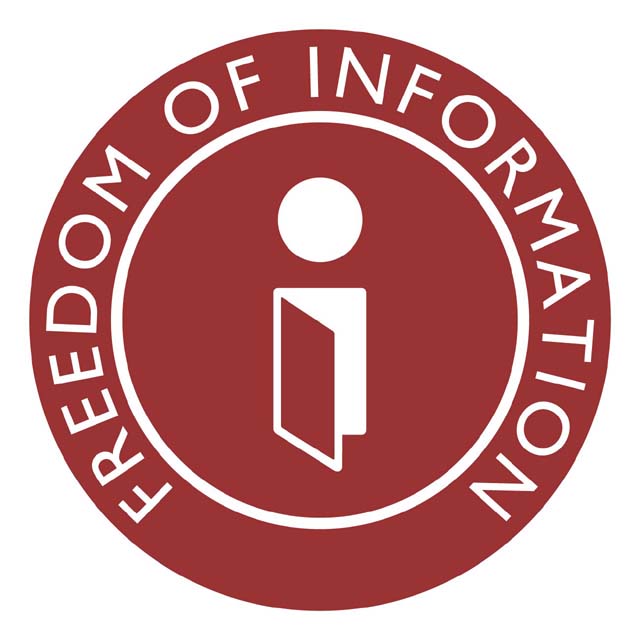Shrovetide football has been played for centuries and possibly for over 1,000 years.
Each year on Shrove Tuesday and Ash Wednesday, Ashbourne becomes a war zone! The majority of the ablebodied men, women and children take to the streets to play what is probably the largest football game in the world! - The two teams number in the hundreds / thousands, and the playing field is 3 miles long, 2 miles wide and has the town of Ashbourne in the middle!
Shops are borded up, only an idiot would park his or her car anywhere in the town! If you did not know about the game and you drove into Ashbourne - you would probably think that there is a major case of civil unrest going on !
The game is played by those Ashburnians who were born on the north side of the Henmore river - the Up'ards, against those born on the south side - the Down'ards.
The kick-off or "turning up" of the specially made and painted ball takes place from a brick built plinth in the town centre at the Shawcroft carpark, by a local or national figure.
The recent history of football spans almost 150 years, when rugby football and association football branched off on their different courses and the world's first football association was founded - The Football Association in England. Both forms of football stemmed from a common root and both have a long and intricately branched ancestral tree. Their early history reveals at least half a dozen different games, varying to different degrees and to which the historical development of football is related.
The game that flourished in the British Isles from the 8th to the 19th shrovetide football, as it was called, belonged in the "mob football" category, where the number of players was unlimited and the rules were fairly vague, for example, according to an ancient handbook from Workington in England, any means could be employed to get the ball to its target with the exception of MURDER and MANSLAUGHTER :-). Needless to say, it is no longer so riotous as it used to be, nor are such extensive casualties suffered as was probably the case centuries ago.
A fire at the Royal Shrovetide Committe office in the 1890's has meant that much of the the exact origins of the annual Shrovetide game have been lost, there are mentions of the game in the 1600s. In fact, the earliest surviving reference to the game was in 1683 when Charles Cotton, of "The Compleat Angler" fame, wrote about it.
Ashbourne is one of very few towns across the country who still play the game. Similar games are still played in Kirkwall, on Scotland's Orkney Island and the Cornish towns of St. Ives and St Columb.
Though the origin of such contests is disputed, many believe they date from before the Norman Conquest and that the ball was originally a head, tossed to the crowd after a public execution. In 1314 Edward II tried to ban the competitions from London; 35 years later Edward III attempted to outlaw the game altogether because it was disturbing his archery practice. In the 16th century Philip Stubbs described Shrovetide football as "bloody murdering practice, rather than a fellowly sport or pastime." Indeed, the Ashbourne event was briefly banned in 1878 after a man drowned.
As with the fire ceremonies at Lewes in Sussex
 http://www.fletchingbonfiresociety.co.uk, and many other more exhuberant games and events around the courty, there are those who would like to see them all banned. But, there are those prepared to risk the chances of someone stubbing their toe, to keep this heritage going.
http://www.fletchingbonfiresociety.co.uk, and many other more exhuberant games and events around the courty, there are those who would like to see them all banned. But, there are those prepared to risk the chances of someone stubbing their toe, to keep this heritage going. I am one of them.
>>
For yet more about it all, check Ashbourne Towns website at:
 http://www.ashbourne-town.com/events/football.html
http://www.ashbourne-town.com/events/football.html ____________________________________________
ALAN LODGE
Photographer - Media: One Eye on the Road. Nottingham. UK
Email:
 tash@gn.apc.org
tash@gn.apc.org Web:
 http://tash.gn.apc.org
http://tash.gn.apc.org WAP phone
 http://wappy.to/tash
http://wappy.to/tash My Blog
 http://tash_lodge.blogspot.com
http://tash_lodge.blogspot.com BroadBand
 http://tash.dns2go.com
http://tash.dns2go.com Member of the National Union of Journalists [No: 014345]
____________________________________________
"It is not enough to curse the darkness.
It is also necessary to light a lamp!!"
____________________________________________
OS Grid Ref: SK 575414 - Lat/Lon: 52:58:03N, 1:08:38W


 e-mail:
e-mail:
 Homepage:
Homepage: